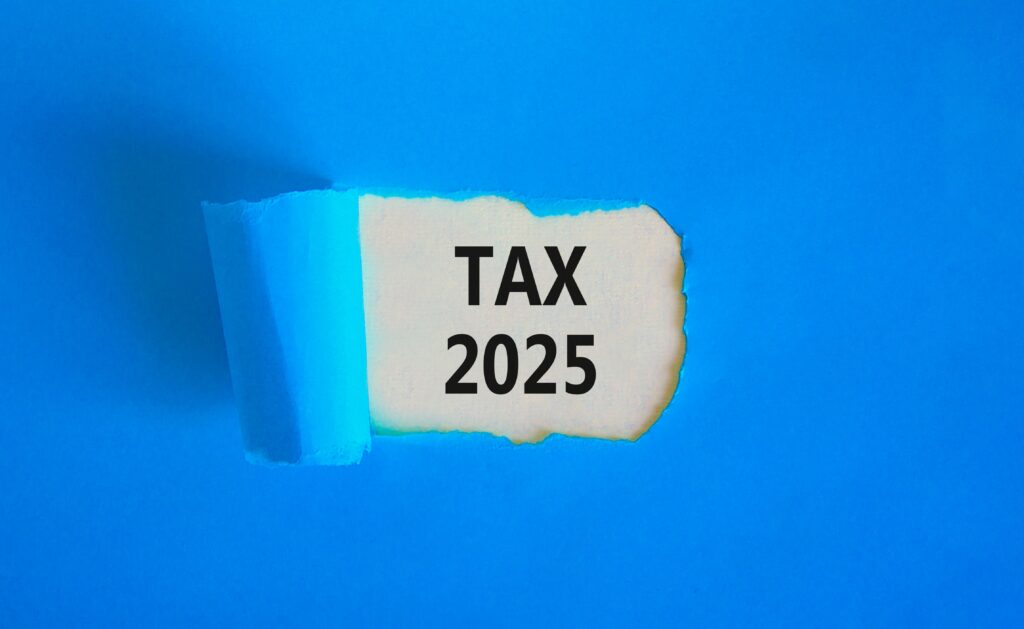This post was originally published April 9, 2020, and updated on April 24, 2020.
The Coronavirus Aid, Relief, and Economic Security (CARES) Act provides some needed relief for individuals and families, but two arcane tax provisions related to business losses will further enrich the wealthy and fail to boost our economy more broadly.
One provision loosens rules around losses that businesses (of any type) face not just in 2020, but also retroactively for losses in 2018 and 2019, which have nothing to do with the COVID-19 crisis. Another provision gives tax cuts to owners of pass-through businesses (businesses that do not pay the corporate income tax), with 82 percent going to filers with incomes exceeding $1 million according to Congress’s official revenue estimators.
How the CARES Act Changed the Way Business Losses Are Treated Under the Tax Code
Before outlining how the CARES Act provides giveaways to the highest-income households, it’s worth taking a quick look at how the tax code treats businesses.
While ridden with loopholes and special breaks, the tax code is, nonetheless, designed to tax income, including from business profits. Theoretically, the rules are designed to ensure that profits are taxed over the long run.
For example, consider a company with losses in one year and profits over the next four years. The losses in one year become a tax benefit in profitable years. The company can carry a portion of the losses forward into each of the four profitable years, reducing the taxable income that the company reports to the IRS during those years. If the system works properly, the company will pay a reasonable amount of taxes over the five-year period compared to its profits over that five-year period.
But creating overly generous rules on losses would allow the company with fluctuating fortunes to pay less in taxes than a consistently profitable company that had the same average earnings over the five-year period. This creates opportunities to game the system.
And this is what Congress did in the CARES Act by loosening rules for losses reported not just in 2020 (the year affected by COVID-19) but also for losses reported in 2018 and 2019, which have nothing to do with the current crisis.
In 2017, Congress slashed the tax rate on corporate profits from 35 percent to 21 percent. The CARES Act now allows corporations to carry back losses incurred in 2018, 2019, and 2020, to earlier years and deduct them at the 35 percent rate that applied to profits in those years. As explained in more detail below, this means that profits are taxed at one rate while losses produce savings at a higher rate.
Similarly, the CARES Act allows owners of pass-through businesses to carry back losses incurred in 2018, 2019, and 2020 to earlier years and deduct them at the higher rates that applied then (The earlier top tax rate applying to pass-through business income was 39.6 percent compared to the top rate of 37 percent in effect now.)
On top of that, the CARES Act provides a break specific to owners of pass-through businesses that only benefits those with other income exceeding $250,000, or exceeding $500,000 in the case of married couples, meaning it is literally designed to help only the rich.
According to Congress’s official revenue estimator, the Joint Committee on Taxation (JCT), the CARES Act’s change in net operating loss (NOL) rules and its change in the pass-through loss limit will together cost nearly $160 billion over 10 years.
Last week, JCT provided a new analysis at the request of Rep. Lloyd Doggett and Sen. Sheldon Whitehouse concluding that 82 percent of the benefits of this provision in the CARES Act would go to those with incomes exceeding $1 million in 2020.
More Detail
How the 2017 Trump-GOP Tax Law Changed the Rules Related to Business Losses
Businesses sometimes take deductions for expenses that exceed their gross income, which results in NOLs. Before the 2017 law, businesses could carry forward NOLs for 20 years and carry them back for two years. This meant that these losses could be deducted from profits earned in the prior two years or from profits earned in any of the following 20 years. There generally was no restriction on the amount that could be carried back, or forward, as long as the losses were not deducted more than once.
The 2017 law changed the rules so that NOLs could no longer be carried back at all, although they could be carried forward indefinitely. Equally important, the 2017 law barred the use of NOLs carried forward to offset more than 80 percent of taxable income in any one year. For a company with significant losses, this means those losses must be deducted over a longer period of profitable years in the future.
The restrictions on NOLs apply to any type of business. However, the 2017 law made another change that applies only to pass-through businesses, whose profits are not subject to the corporate income tax but instead reported on the returns of their owners and subject to the personal income tax.
Before the 2017 law, losses that had been passed through to owners of pass-through businesses generally could offset the owners’ non-business income. Losses exceeding their non-business income would be treated as NOLs, which they could carry back two years or forward 20 years, which was the same rule applying to C corporations (entities that pay the corporate income tax).
Under the 2017 law, owners of pass-through businesses can use their pass-through losses to offset no more than $250,000 of non-business income (up to $500,000 of non-business income in the case of married couples). Any excess losses are treated like NOLs which, under the new NOL rules, can be carried forward indefinitely and cannot offset more than 80 percent of taxable income in a given year.
CARES Act Makes Loss Rules Even More Generous than Pre-Trump Law
Providing some relief to companies that face losses due to COVID-19 could be reasonable, within certain limits. But the CARES Act blows past those limits and offers companies a better deal than they had even before the 2017 law.
More specifically, it might make sense to allow businesses to carry their 2020 losses back to 2019 and 2018, meaning they, effectively, would amend their returns for those years to receive rebates from the IRS, providing some liquidity in a crisis that is certainly not one they brought upon themselves. It could also be reasonable to allow a 100 percent deduction (instead of 80 percent) for 2020 losses.
But the CARES Act does not stop there. It also retroactively allows businesses to carry back losses, with no limit, from 2018 and 2019, which could not possibly have anything to do with the COVID-19 crisis.
Next, the CARES Act allows losses to be carried back five years, which is more generous than the two-year carryback allowed under pre-Trump law and means that losses can be deducted at higher tax rates than are imposed on profits today.
For example, the 2017 law cut the corporate income tax rate from 35 percent to 21 percent. If a C corporation earns a profit in 2020, it pays (in theory) 21 cents on each dollar of profits. Under the CARES Act, a company that has losses in 2020 can carry those losses back to, say, 2016 when the corporate tax rate was 35 percent. The corporation would amend its 2016 tax return to deduct those losses, generating 35 cents for each dollar of losses deducted. Taxing profits at one rate but allowing deductions for losses at a much higher rate is overly generous to companies with fluctuating fortunes and creates opportunities for gaming the system.
The result will likely be similar to the widespread gaming that occurred following enactment of the 2017 law. Companies gamed the system by accelerating their deductions to 2017 to claim them at the 35 percent rate and shifting their taxable income to 2018 and beyond to take advantage of the new 21 percent rate. The CARES Act gives them a second bite of the apple—and an unwarranted one.
The same is true for pass-through businesses with NOLs but the math is more complicated given that pass-through profits and losses are passed onto the individual business owners who face different marginal income tax rates, even if most of them are in the top income tax bracket.
However, the CARES Act also temporarily suspends the 2017 law’s specific limit on pass-through losses, and this only helps high-income individuals. The CARES Act allows pass-through business owners to offset all their non-business income with their pass-through losses, waiving the limit of $250,000 for unmarried taxpayers and $500,000 for married couples. This provision of the CARES Act therefore exclusively benefits those with non-business income exceeding those amounts. Even more astounding is that the CARES Act suspends the limit not just for 2020 (the year affected by COVID-19) but also retroactively for 2018 and 2019.
For many businesses, earnings and losses are cyclical, and NOLs are a sensible policy response to allow companies to smooth out earnings over the business cycle. But the new “stimulus” law goes too far in this effort and gives many high-income individuals and big corporations one more chance to party like it’s 2017, applying current losses to offset income earned in years before 2018 when higher tax rates were in force. Of course, this sort of timing shift is utterly unavailable to millions of low- and middle-income individuals and small businesses with conventional earnings profiles.





